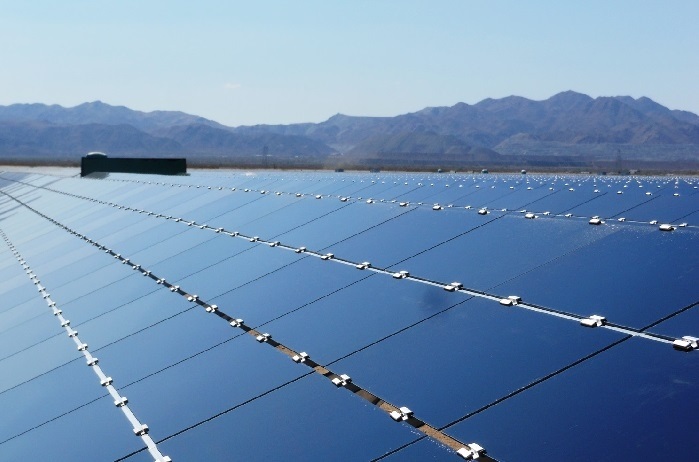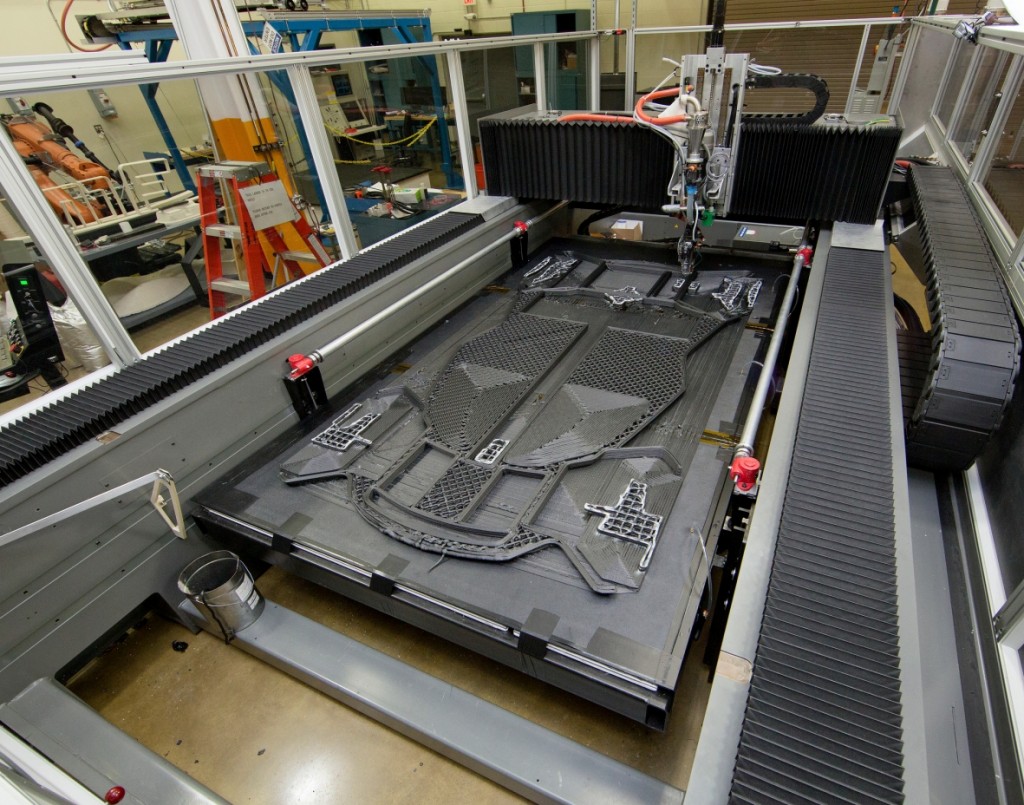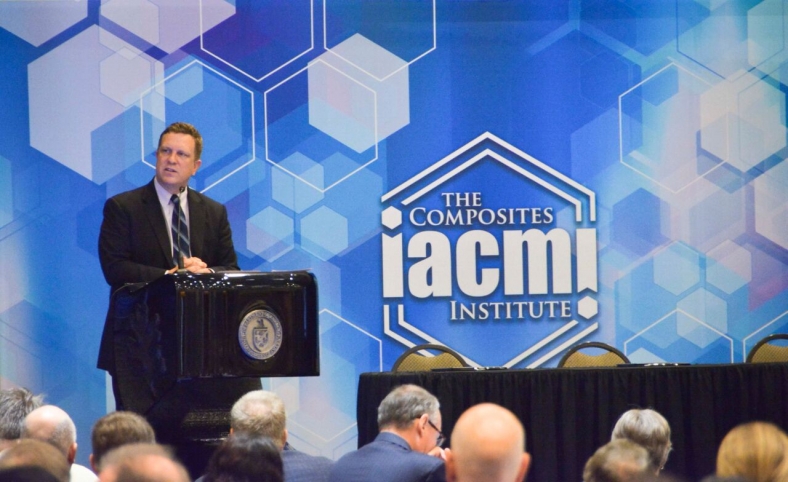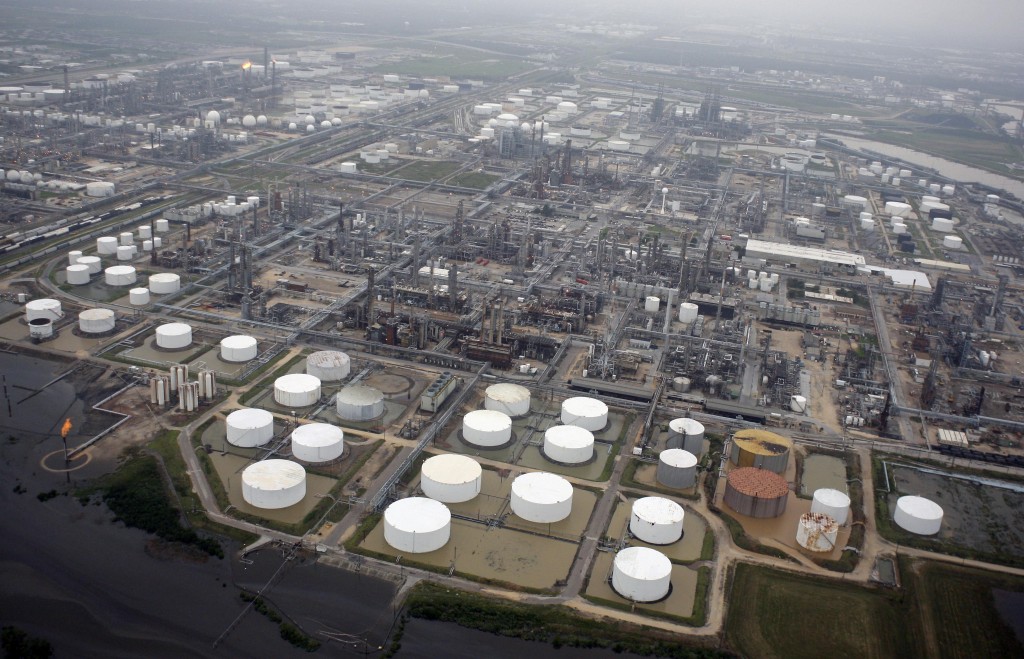The U.S. Department of Energy (DOE) has announced $72 million for new projects to advance high-temperature concentrating solar power (CSP) technologies. These projects will extend previous research on high-temperature components, develop them into integrated assemblies, and test these components and systems through a wide range of operational conditions. CSP technologies use mirrors to reflect and concentrate… Keep reading →
Oak Ridge National Laboratory
Department Of Energy Announces $72 Million To Advance High-Temperature Concentrating Solar Power Systems
By U.S. Department Of EnergySign up and get Breaking Energy news in your inbox.
We will never sell or share your information without your consent. See our privacy policy.New National Labs Pilot Opens Doors To Small Businesses
By David Danielson | U.S. Department of EnergySmall businesses make a big impact on America’s economy, adding more than 1 million employees last year, and are central to developing the new clean energy technologies that are needed to cut carbon pollution and improve the environment. However, small business entrepreneurs often lack the resources they need to rapidly move their innovative new ideas… Keep reading →
Department of Energy Cites UT-Battelle, LLC, For Worker Safety And Health Program Violations
By U.S. Department of EnergyWASHINGTON, D.C. – The U.S. Department of Energy (DOE) has issued a Preliminary Notice of Violation (PNOV) to UT-Battelle, LLC, (UTB) for violations of DOE worker safety and health requirements. DOE’s enforcement program holds contractors accountable for meeting regulatory requirements and maintaining a safe and healthy workplace. The violations are associated with program elements for… Keep reading →
Institute For Advanced Composites Helping America Lead On Clean Energy Manufacturing
By David Danielson | U.S. Department of EnergyAdvanced composites — such as carbon fiber — are three times as strong and twice as light as the lightest metals. Currently, they’re used for expensive applications like satellites and luxury cars. Lowering the cost of these materials would enable their use for a broader range of products essential to America’s clean energy economy, including lightweight… Keep reading →
Can the Energy Sector Become a Climate Resiliency Leader?
By Peter GardettThe energy industry has the opportunity to become a leader rather than a laggard on climate change risk analysis by embracing the evaluation of risks and applying its significant financial and management resources to the improvement of climate resiliency. A new National Climate Assessment is set for release in late April 2014, and one of… Keep reading →
Through Innovation and Investment, the U.S. Can Lead in Next-Generation Energy, Nuclear Fusion
By Nick Cunningham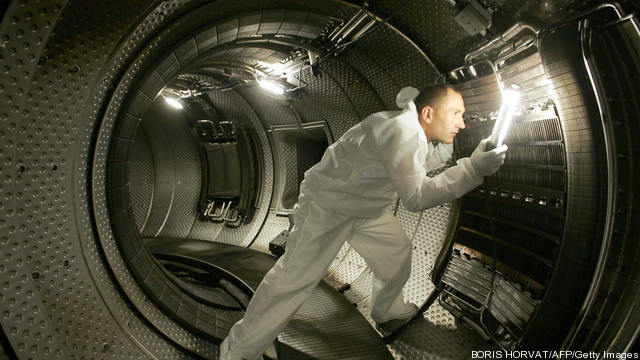
The U.S. innovation system has a rich history of developing transformational technologies that usher in new eras of economic growth. The ultimate success of all energy technologies – whether coal, natural gas, oil, hydropower, nuclear, solar, or wind – has depended upon a tradition of public support during their research and development stage.
Consistent R&D support allowed new technologies to move through the stages of innovation – from basic and applied research, to prototyping, demonstration, commercialization, until they are finally market competitive. This process often takes decades, so returns are uncertain and dispersed, meanwhile, costs are certain, immediate, and focused, – so the private sector underinvests in R&D. Since the private market is not designed to address these problems, there is a clear role for smart government policy. Keep reading →

Could the United States cut its energy costs and reduce greenhouse gas emissions by providing incentives for the use of low-carbon fuels – while still allowing everyone to use whichever fuels they want?
The National Low-Carbon Fuel Standard Project says a policy encouraging the use of electricity, hydrogen, and biomass feedstock for transportation fuels would be feasible, timely, and eminently justified. Keep reading →

As advanced information technology continues to permeate the power sector and the two-way data flow between utility and customer deepens, countless opportunities to streamline the delivery and consumption of electricity arise. Across the US, utilities are taking innovative approaches to fostering energy efficient behavior by working with customers to build sustainable practices, programs and business models.
The key is to use all available channels – including social networking – to engage customers with a simple message, you need to “keep [customers] informed and show [them] results,” Bill Andrew, President and CEO of the Delaware Electric Cooperative told audience members at last week’s DNV Kema Utility of the Future Leadership Forum in Washington DC. Keep reading →

Climate change solutions were battered by the recession and political shifts have pushed the issue to the sidelines of the US energy debate, while international climate talks remain mired in the same arguments that have derailed consensus for years.
That was the message from speakers at the US Association of Energy Economists conference October 11 in Washington, DC. In the US, they say the only climate-related action in the next few years will probably come from the Environmental Protection Agency, while internationally, there’s no sign of any progress for December’s UN Framework Convention on Climate Change meeting in Durban, South Africa. Keep reading →
